Are you looking for a contractor?
Submit our quick form and get quotes now!
Table of Contents
5 min read
What are the most effective ways to ventilate a basement?


5 min read
What are the most effective ways to ventilate a basement?
Interior renovationsWhat are the most effective ways to ventilate a basement?
Since basements are especially isolated compared to the rest of the house, ventilation is essential to ensure that humidity levels are kept under control.
Note that, unlike the upper floors, the basement is a covered area, which very much affects the humidity levels. Poor ventilation can cause water infiltration, mould growth, rust and even deterioration of wall coverings.Therefore, you owe it to yourself, and your home, to effectively ventilate your basement.
Basement Ventilation Methods
1. Vents
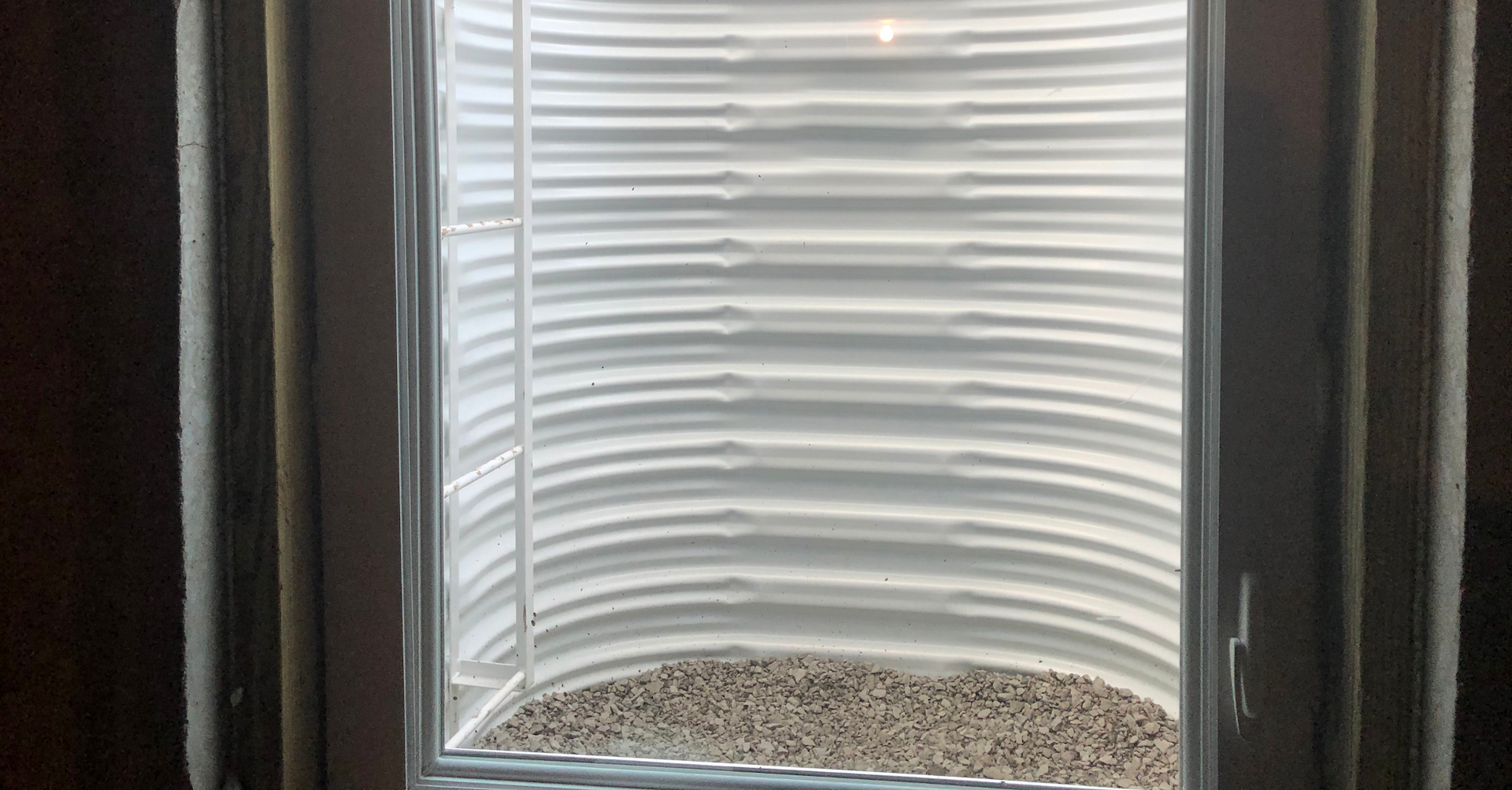
Source : Canva
Vents may be an effective option if you have a basement below ground level, as it is an efficient way to ventilate crawl spaces, cellars, and basements. It allows for efficient air renewal and prevents mould growth in your basement.
Vents are also commonly used to ventilate crawl spaces since they are more efficient than ventilation hatches. To learn more, check out our article on crawl space insulation.
A vent consists of a frame which will be secured to the rear wall of the house. The upper part of the window well has a ventilation grid that is visible on the outer side of the house for ventilation purposes.
This type of apparatus varies in dimension according to the model, bear in mind that the depth can be increased if necessary. The vent is a versatile and subtle solution for various settings.
2. Adding Cellar Windows, Windows, and Air Grilles
Should your basement be above ground, it is vital to think about windows, cellar windows, or air grilles with transverse openings. In architecture, a cellar window is an opening made at the bottom of a building to allow light and air to enter a cellar, a basement, or any underground space. The cellar window is coupled with a panel that does not completely obstruct the opening, such as a door with a grate.
It is essential to keep these openings free of obstructions at all times. It is likely that during the winter period, this installation will be quickly covered with snow, hence the importance of clearing the snow as often as possible.
3. Basement Controlled Mechanical Ventilation (CMV)
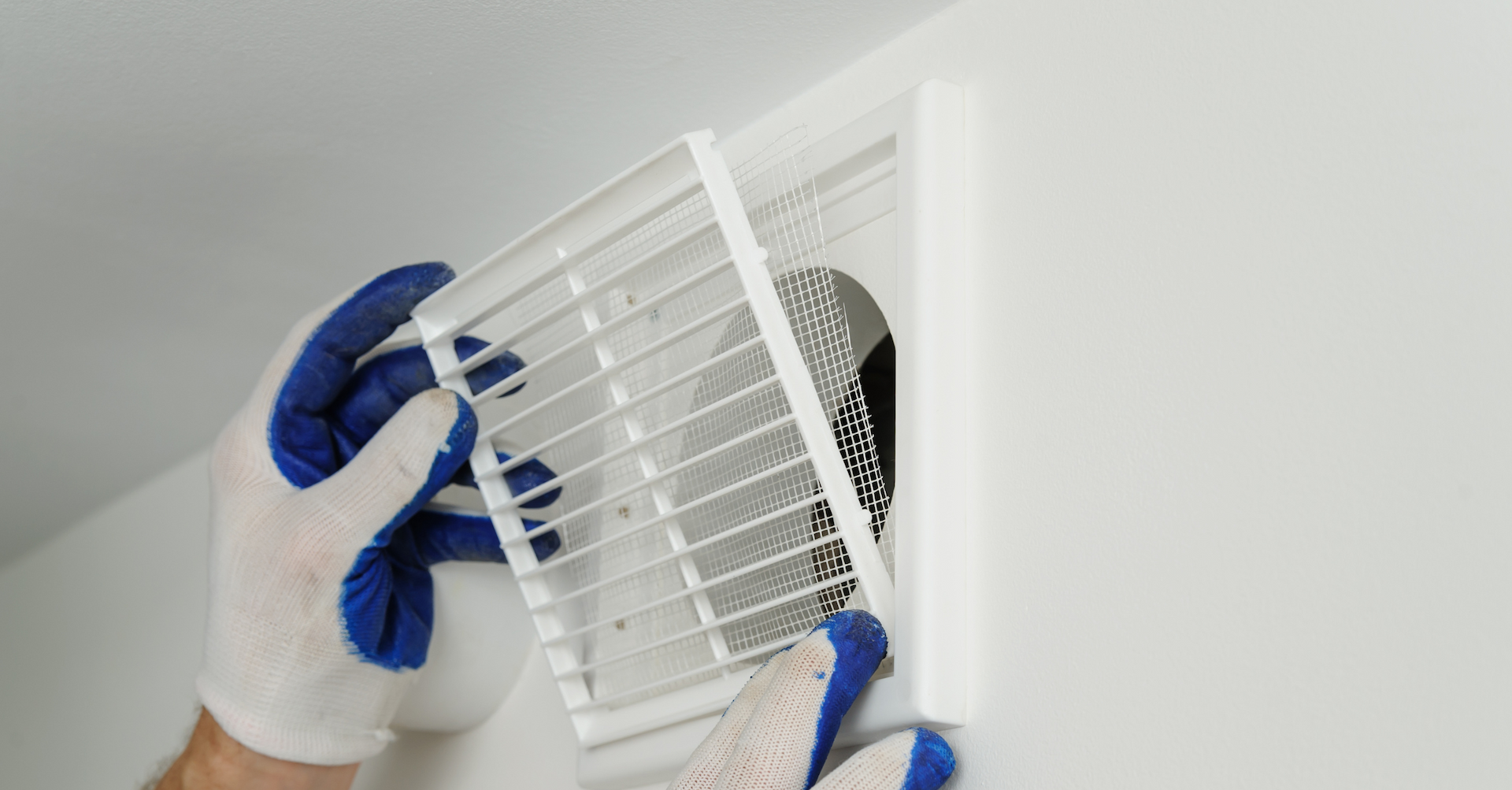
Source : Canva
The preferred solution for optimal basement ventilation is the most modern one: controlled mechanical ventilation (or CMV), which is a mechanical and efficient process with numerous humidity sensors that allow for continuous adjustment of the humidity level in the air. This device prevents the build-up of condensation on basement walls and the growth of mould.
There are two types of controlled mechanical ventilation: single-flow CMV and double-flow CMV. The former works with a mechanical extractor, which is connected to extract units. This ventilation system is placed in humid areas and allows stale air to be aspirated and then replaced with new air.
Although the double-flow CMV is more sophisticated, it works in a similar way. The only difference is that the house must be perfectly insulated to allow the indoor air to be renewed using the heat recovered from the exhaust air.
4. Energy Recovery System (ERV)
An energy recovery system (ERV) uses the same principle as a conventional CMV but with one difference. In addition to evacuating humidity, it infuses new and purified air. Thus, the ventilation process is carried out by releasing clean, preheated air into the basement; the resulting increase in pressure then expels the stale air. Since the exhaust air is preheated, the use of heating is reduced.
Although this solution can be useful for the whole house, it is best suited for basement ventilation, as its greatest value is controlling humidity levels. Although the cost of the system is still relatively higher than the single- and dual-flow systems, it can be offset by the resulting savings in heating costs.
Unsatisfactory Basement Ventilation Methods
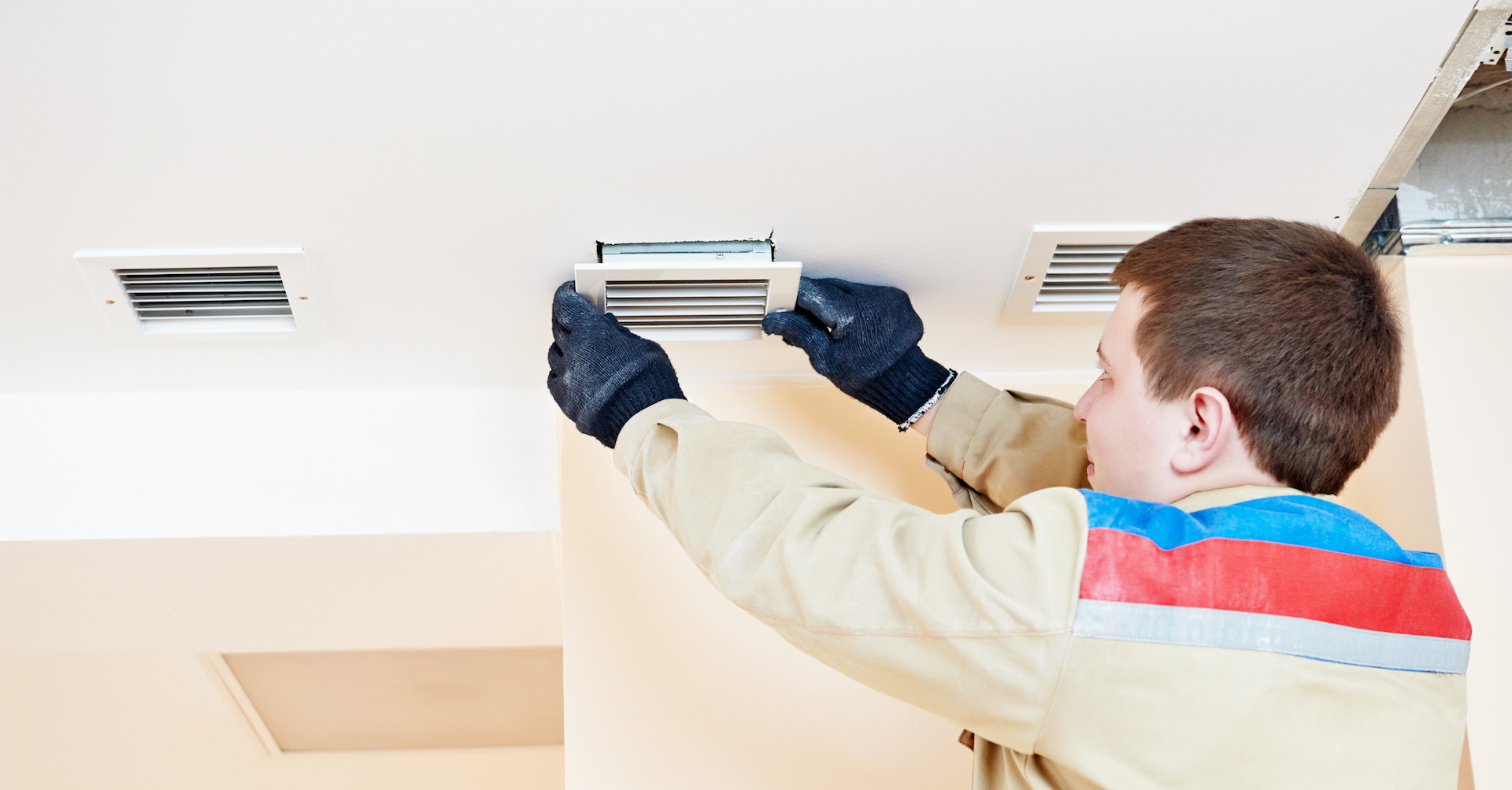
Source : Canva
Drilling holes into the walls of a home is definitely something that should never be done. In fact, these air holes will not be sufficient in themselves to ventilate a basement, in addition to seriously compromising that area of the home’s structure.
Another way to air out a basement is to use a moisture absorber such as desiccants. This method does not remove the moisture, but rather retains the moisture within the bag. The inherent lack of control over the system means that the amount of moisture removed from the basement cannot be controlled, which can lead to excessively dry air.
Although the emphasis is often placed on the need to sufficiently ventilate a basement, note that too much ventilation in a specific space can also have harmful consequences. As such, note that too much ventilation can result in damage to the materials as well as compromise their durability.
Planning a basement renovation project? We have created a handy checklist to help you manage each step of the project : Basement Renovation Project: Checklist of the Steps to Follow.
Get 3 quotes for your basement ventilation project
RenoQuotes.com can help you get quotes for your basement ventilation project. If you submit your project to us, we’ll put you in contact with top-rated contractors. Fill in the form on the homepage (it only takes a few minutes), and you will get estimates from trusted professionals.
Dial 1-844 828-1588 to speak with one of our customer service representatives.
Last modified 2023-11-07
Looking for something else?
Related articles
The latest industry news, interviews, technologies, and resources.
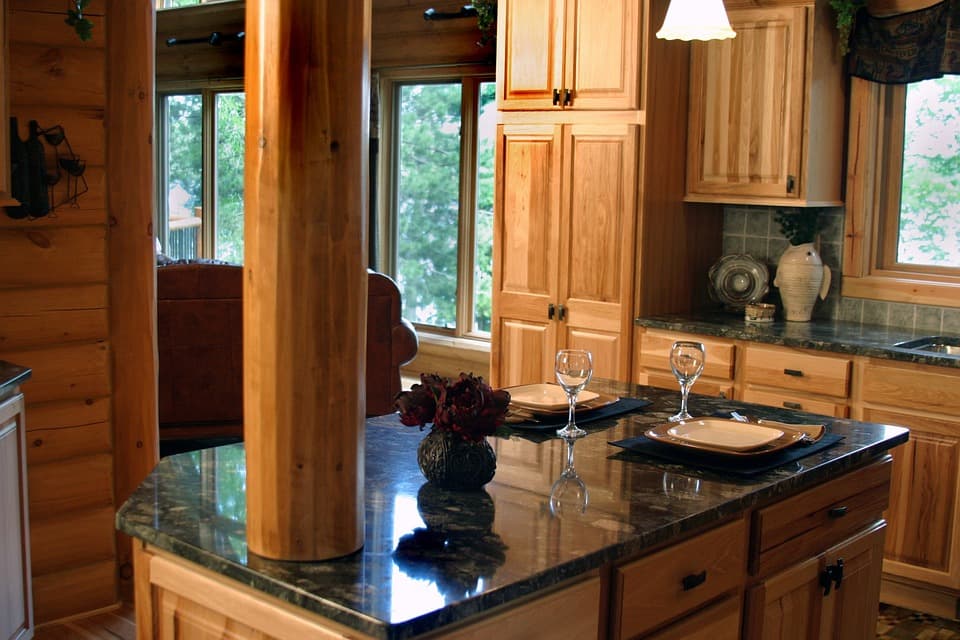
Cynthia Pigeon • 07 Nov 2023
Known for its sleek elegance and refined beauty, marble is a material that easily seduces anyone who encounters it in a kitchen. It instantly enhances the calibre of this focal, family-oriented space.
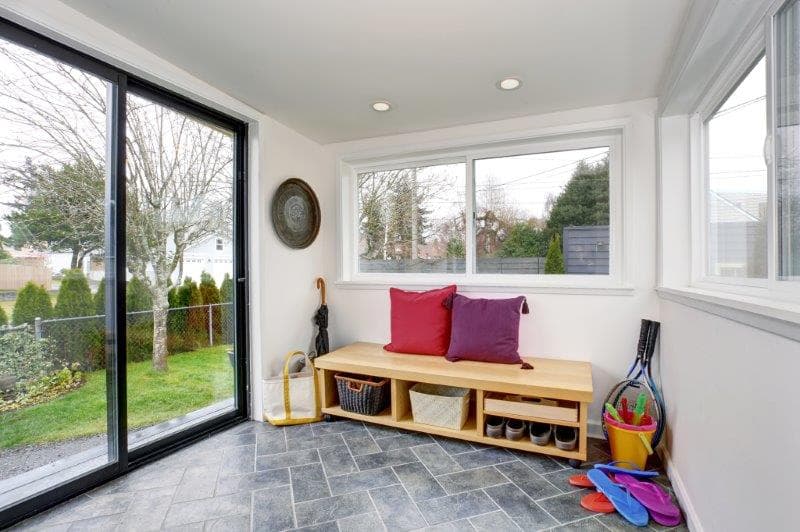
Cynthia Pigeon • 07 Nov 2023
Did you know that windows and glass doors are majorly responsible for heat loss in homes? Therefore, energy efficiency is a determining factor when it comes to changing your windows to maximize energy savings.

Amanda Harvey • 07 Nov 2023
When it comes to home renovation, you might want to break out the hammer and nails as soon as possible. Before you do, it’s important to consider the types of permits you might need for the project.

N/A • 07 Nov 2023
Small rooms in the home require ample planning in order to set the right tone. Lighting is an integral part of this process, as excellently designed and placed lighting and fixtures can help a space to really shine.

N/A • 07 Nov 2023
Is it time to sell your property? Remember to check its condition before putting it on the market. If a buyer spends a few hundred thousand dollars to purchase your property, they certainly expect this new acquisition to be without problems. Moreover, the buyer is entitled to sue you if they discover any hidden defects after purchase.